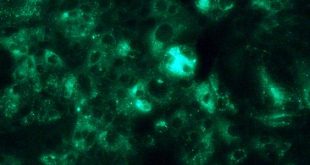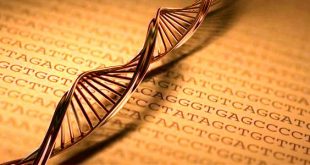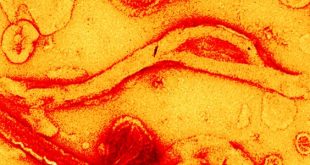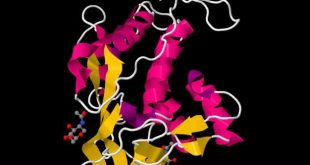A team of Japanese researchers have created the first functioning liver-like organ using human stem cells.
For the first time ever, a team of Japanese researchers have grown a functional, liver-like organ using human stem cells.
Known technically as a liver bud – because it formed much like the organ would in a developing embryo – researchers said the proof of concept study may blossom into a framework for generating a variety of replacement organs.
“We simply mimicked the initial process of liver development,” Dr. Takanori Takebe, study co-author and stem cell scientist at the Yokohama City University, told SciFare.com. “Then, we successfully developed the three-dimensional tissue from liver cells.”
Using stem cells first created from human skin tissue – known technically as induced pluripotent stem cells – researchers created the hepatocyte cells responsible for carrying out the liver’s business.
The same cells that line the inside of our blood vessels and a second type of stem cell, known as mesenchymal stem cells, were then extracted from an umbilical cord – both are known to provide a framework for a variety of functional cells – and researchers grew them alongside the hepatocytes.
“In normal development, they interact with vascular cells and mesenchymal stem cells to move from the two dimensional sheet, to form a three dimensional mass,” Dr. Takebe said.
The video at the top of the page shows the three cell types, self-organizing into the three-dimensional tissue.
After they self-assembled into a liver bud roughly four-millimeter across – that’s about as big as a Tic Tac – researchers transplanted them into a mouse and within two days, had hooked up to the creature’s blood vessels.
“Vascularization is very important, not only for the perfusion of blood flow to supply nutrients and oxygen, but also for the maturation into a functional organ,” Dr. Takebe said. “They support, directly, the functional maturation of hepatic cells and other kinds of functional cells.”
After being transplanted into the brains and abdomens of mice – transplanting it into the brain just made it easier for researchers to watch the organ mature – the liver buds continued to grow, started producing liver-specific enzymes and even started producing liver-specific metabolites.
When the researchers challenged the transplanted organ to process drugs that mouse livers normally can’t, they did that too. They even extended the life of mice without a functioning liver.
“That means the human liver buds have matured into the functional liver tissues to perform the drug metabolism,” Dr. Takebe said. “This is a very important function of liver tissue.”
Mimicking a developing embryo comes with its own challenges, researchers said – it’s also a tribute to the importance of basic research.
Since a Tic Tac-sized liver isn’t practical for an adult suffering from liver disease, they’re looking at ways to decrease their size – so they can be delivered with minimal invasion – and increase the amount transplanted, so they can expedite a process that usually takes several months.
“We have to produce significant amounts of liver buds in vitro, at a reasonable cost, including safety assessments,” Dr. Takebe said.
The current experiments only lasted a couple months, so understanding how they might perform in longer term conditions is also important.
In the near term, they may be particularly handy for researchers interested in using them for safety assessments though. Because they metabolize compounds like a human liver, researchers may be able to use them to test the toxicity of new drugs.
Because the organ bud process isn’t unique to the liver, the possibility of exploiting the technique to generate other organs, like a pancreas or kidney, may be possible too.
“We are now assessing the application to other organs and so far, are getting good results,” Dr. Takebe said.
Chad Cowan is a stem cell researcher at the Harvard Stem Cell Institute in Boston. He said the new experiments were both elegant and simple – and almost unbelievable.
“We’ve been striving to even make single cell types like motor neurons, liver cells or even a blood cell,” Cowan told SciFare.com. “This goes far beyond an individual cell – it’s a collection of cells that function together.”
His lab’s particularly interested in elucidating the underlying mechanisms that coaxed the individual cells to self-assemble into a functioning organ. He’s also interested in how it affected their maturation.
“Since we know that self-assembly resulted in more mature cells, we might be able to better understand how to make them truly functional, like an adult cell type,” Cowan said.
The research and more videos were published in the journal, Nature.
Images on the front page and the video were provided by: Dr. Takanori Takebe
 Science Fare Media Science News – Upgraded
Science Fare Media Science News – Upgraded



